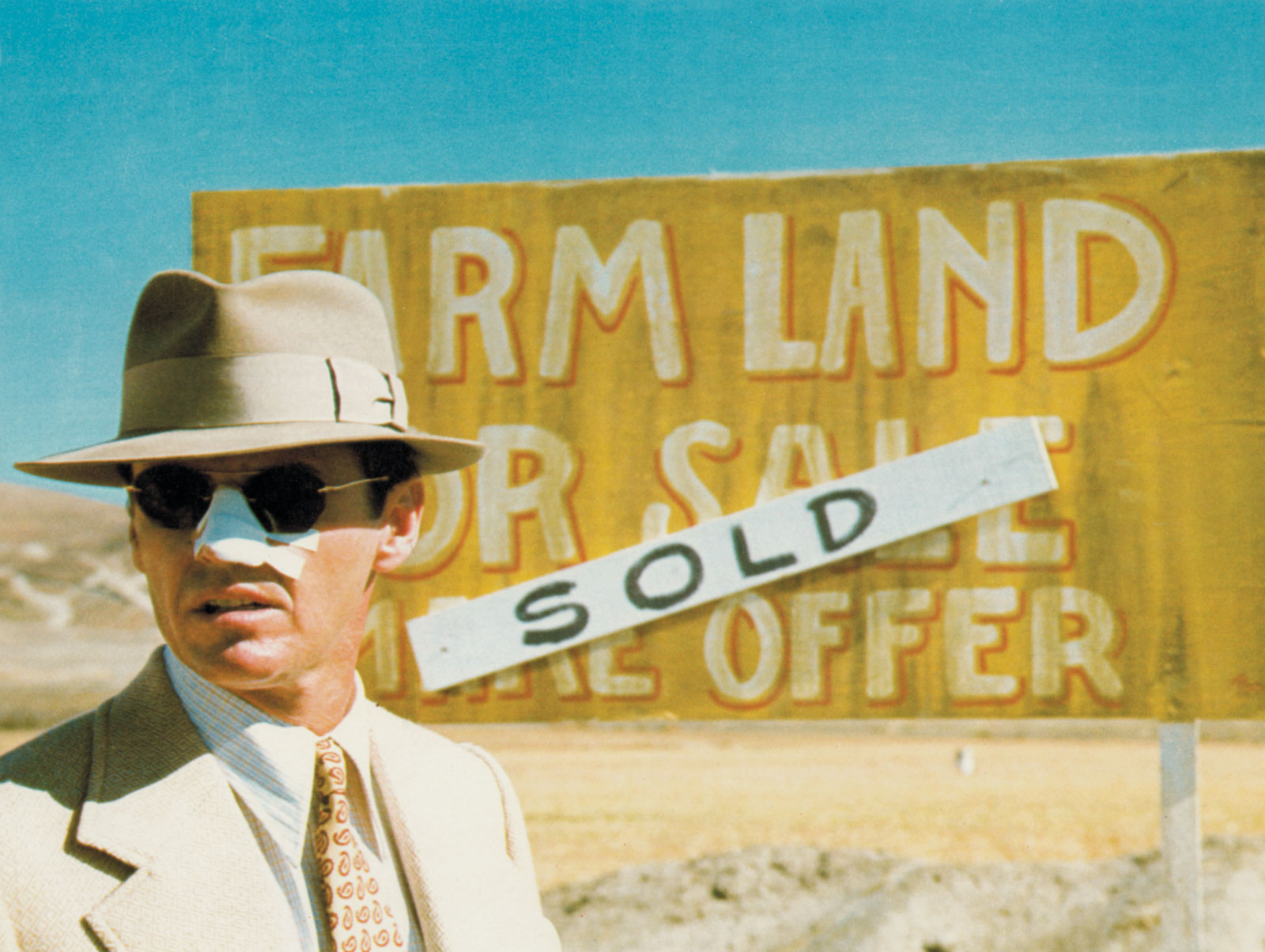
In his “History of Cinema,” investigator and historian Román Gubern explained that cinema, and more specifically the cinema industry, was built on the bases of myth. In other words, he claimed that films were crafted in order to achieve commercial success through the compliance of certain narrative schemes, originated since the dawn of man.
The films were made following a formula that Gubern generalizes as “boy meets girl,” in which success with the public is guaranteed. Two of the more important characteristic of the formula are the following.
a. Simplistic division between good and evil:
Also known as Manichaeism, this characteristic involves the design of characters as absolute heralds of good and evil. This means that the main characters become the embodiment of all that is good in the world, all of the physical, moral and mental virtues, while the antagonist becomes stripped from all of this virtues and becomes the definitive herald of what the film proposes as bad.
This kind of design leaves no room for complexity within the character. Their inner world of the hero is commonly crafted with one flaw that he or she (most commonly he) must overcome. There is no contradiction in his intentions and he is not able to have a “sinister” facet or even thought.
b. The arrival to the expected happy ending
As mentioned before, the main characters are built with a flaw that they shall overcome in order to achieve what they want, and this is what happens through the film. The characters face some obstacles, face (and beat) the great herald of evil in a final confrontation after which he gets all that he ever wanted, and a new, happy and perfect world is erected.
Failure is not possible in the world that these films propose, at least not in a fatalistic manner. The hero can tumble once or twice in his journey, but eventually he will be able to overcome anything he wants. This creates an immortal main character that we know won’t die and will succeed in one way or another.
Though there are several films created with this formula that have great artistic merits, Gubern despises these kind of films (at least the ones that were crafted with the sole objective of achieving commercial success). He argues that this design is far from the complex and contradictory nature of the human condition, and mourns the deep roots that this kind of simplistic vision of the world has on our society.
But indeed, there have been many filmmakers who have faced their craft with a more serious and critical manner. Many have made efforts to create complex characters that truly reflect the nature of our existence, but there have been some that have gone even farther.
It is hard to face life knowing its most dark side, and even harder to put this in a film, but some filmmakers have done it with great mastery. Here is a list of 10 films crafted by masters of cinema that veered away from the safe formula, and created perturbing films that are not afraid to show us the failure, death and corruption that are inherent to our existence.
10. Colossal Youth (2006)
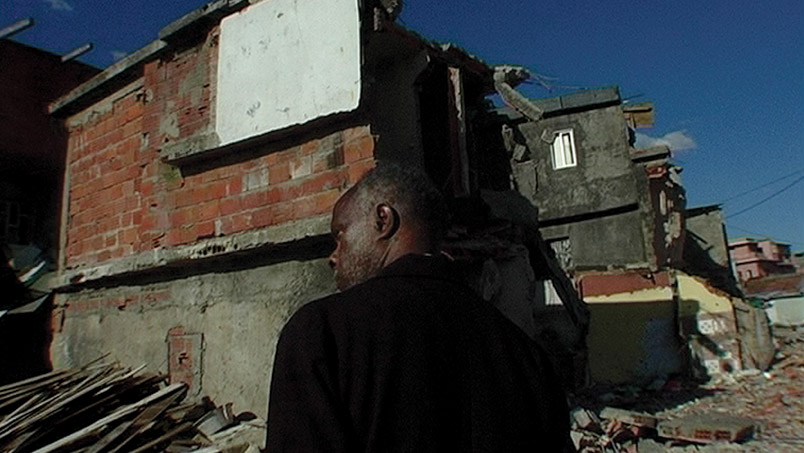
Filmed with extremely limited resources in the Las Fontainhas ghetto by Portuguese filmmaker Pedro Costa, this is the last film of a trilogy about the life of people in this place. With no artificial lighting, close ups, or camera movements, Costa creates an hard-to-watch meditation on the fatalistic nature of poverty. We see the characters constantly have the same conversation in the same places with the same people, and they do not appear to get anywhere.
The repetitiveness of the film is very similar to the work of Samuel Beckett, another deeply pessimistic artist. Like “Waiting for Godot,” the film is hard to watch and this is not due to the lack of lighting or close ups, but with the film’s constant portrayal of the most harsh and degraded aspects of existence, that which we do not like to see so often.
9. Songs from the Second Floor (2000)
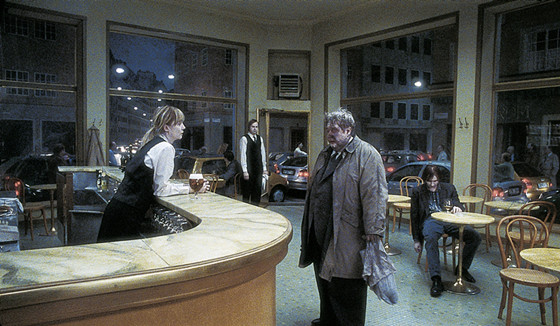
Released in the beginning of the 21st century, “Songs from the Second Floor” became not only an innovative film, but also one of the most pessimistic ones. Directed and written by Swedish filmmaker Roy Andersson, it displays several unrelated characters struggling with absurd circumstances in their everyday lives, in a world that is exclusive of the films of Andersson.
In this world, the characters appear to be almost dead due to their makeup; they are almost inexpressive and are constantly facing indifferent systems and strange crowds. The film is a meditation on modern life and its consequences. It reveals the deep exhaustion to which the middle class is subjected to, and from which there appears to be no way out.
8. The Turin Horse (2011)
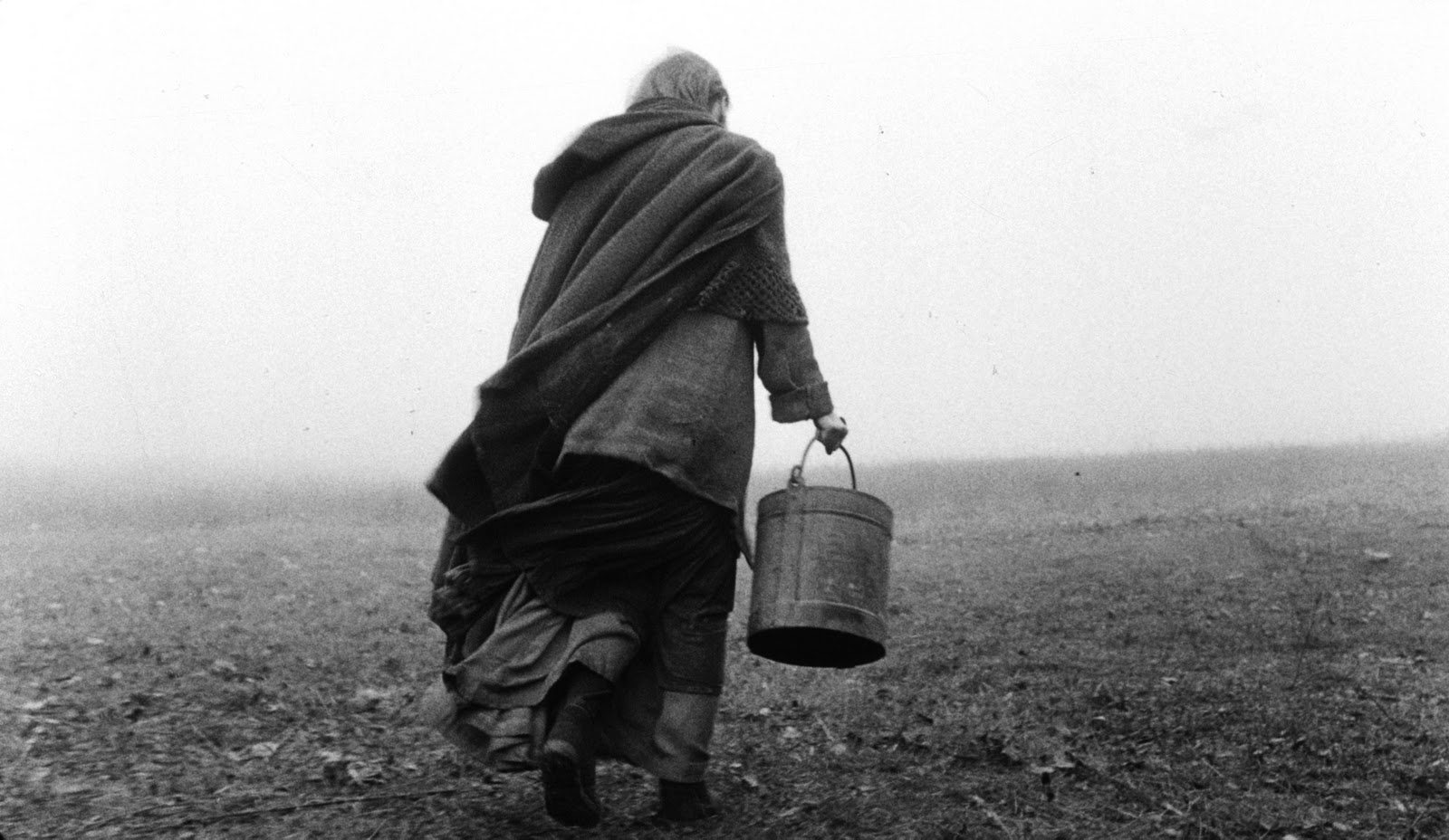
The film that would end the career of Béla Tarr by his own choice, due to his belief that with it, he had concluded both thematically and technically with his intentions it is his more pessimistic film, as it deals with the subject of death. “The Turin Horse” shows several days in the life of a grown man and his daughter, whose house is constantly harassed by wind and whose lives become more and harder by each day.
We see the characters struggle not with a great goal or a great evil, but with the harshness of their ordinary life. They are both tired and unsatisfied from a situation that just does not seem to change. We see them try and fail to leave their house, and feel with them as they die slowly within an ordinary life.
7. Paris Belongs to Us (1961)
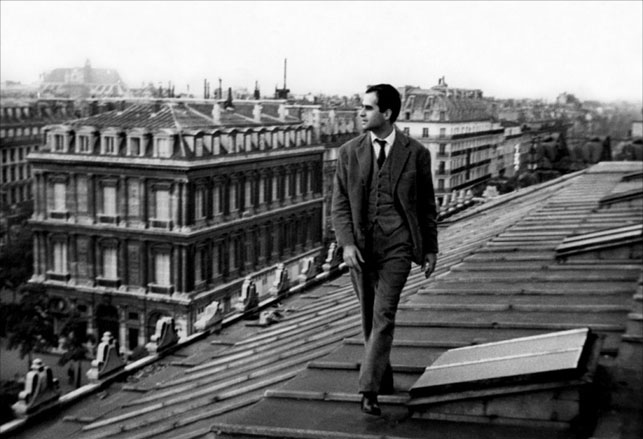
The first film that French filmmaker Jacques Rivette directed was “Paris Belongs to Us.” It was done within the French New Wave as a project in which the other directors of the movement believed and collaborated. The film tells the story of several immigrants in Paris who, in irony with the title of the film, feel like strangers to Paris, while they try to unravel a conspiracy and put together a theatrical play.
The film is deliberately cryptic and in many moments, the reality of the conspiracy that the main character tries to solve is questioned. Murders are committed without any explanation, and toward the end of the film, there appears to be no answer. The pessimism of this film lies on its viewpoint toward thrust and meaning, and it suggests that there may not be any.
6. Winter Light (1963)
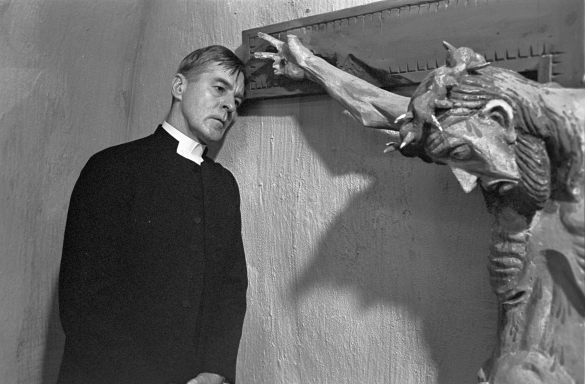
Once addressed by Ingmar Bergman himself as his most well-crafted film, “Winter Light” is one of the most personal films that Bergman ever made, and thus, it displays the pessimistic viewpoint that the legendary Swedish director had on life and its matters. Treating through the characters’ matters such as love and faith, Bergman puts them in several crises which are not necessarily resolved through the film.
Apart from being crafted with a powerful dramatic structure, the film also displays the cinematic inventive of Bergman at his highest, with scenes told with very expressive and personal mechanisms.
The film displays moments in which we see the decadence of a relationship and the lack of faith of a man who is supposed to teach it. One of the harshest scenes displays the main character being unable (due to his own lack of faith) to give comfort to a man who is considering killing himself.